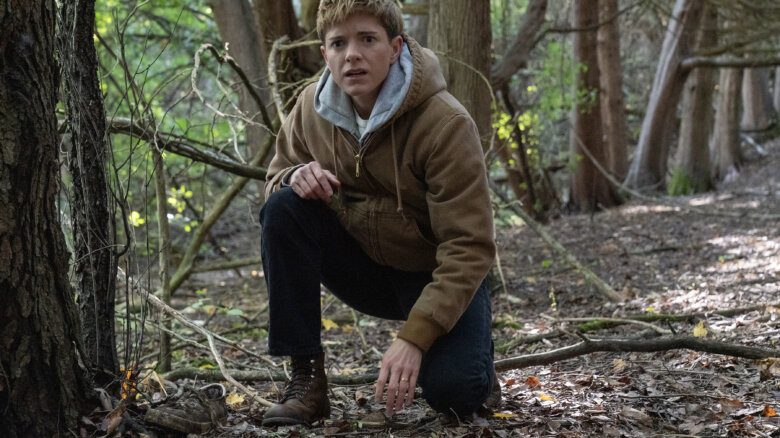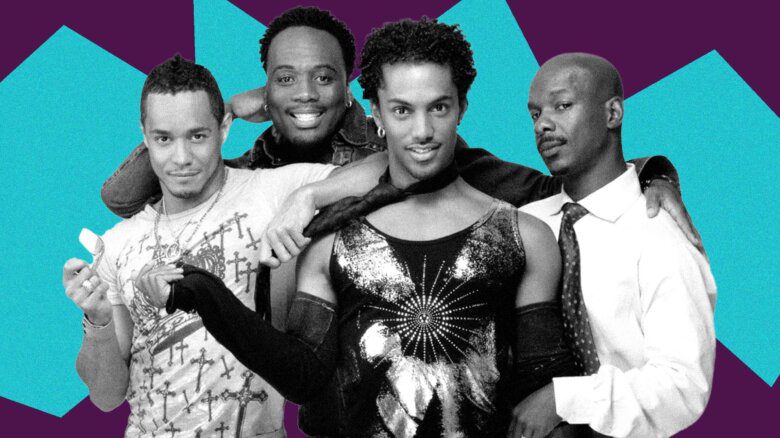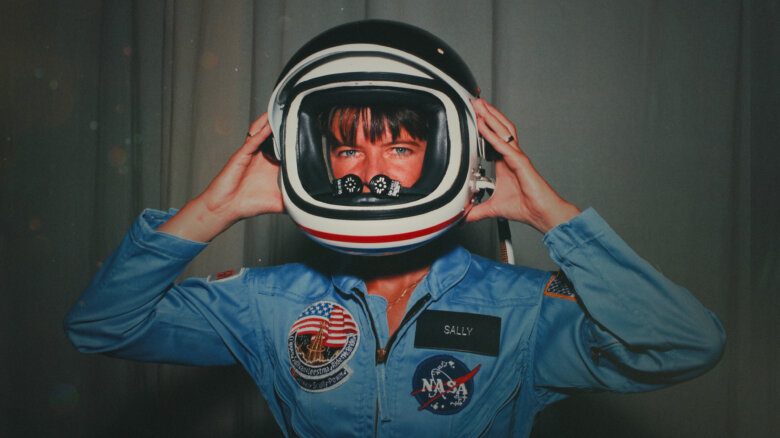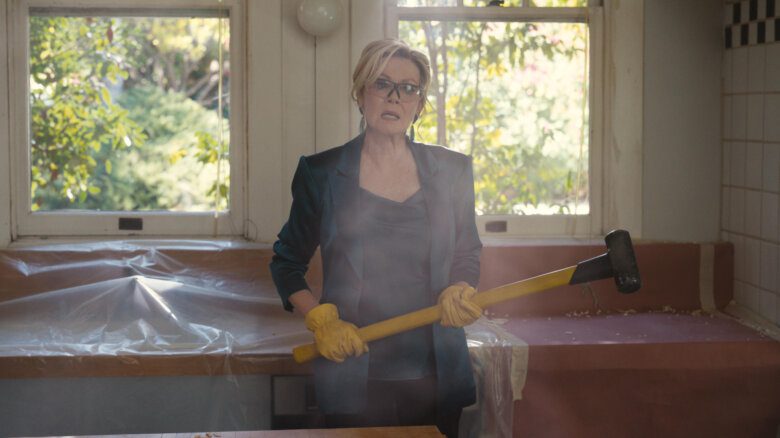Magical girl shows are having a moment.
The genre, which dates back to the 1960s, is back in the spotlight due to a couple of hyper-popular series releasing new content: the two-part Sailor Moon Crystal movie that came out on Netflix in June, and every sad Twitter lesbian’s favourite anime, Puella Magi Madoka Magica, announcing they’re working on the franchise’s first new film since 2013.
But what are magical girl shows—and why do nerds like me keep insisting that they’re queer culture?
Like many ’90s kids, I saw magical girl shows broadcast on TV in the early aughts without totally knowing what they were; I just knew I was entranced by the way the cute girls were the ones who fought monsters. It wasn’t until I got older and looked back that I realized how queer my favourite shows were.
You can identify magical girl shows pretty well once you know what kind of tropes to look for: a glitzy transformation sequence, exaggerated femininity that serves as a source of power and strong friendships among female characters. Additionally, the magical girl genre as we currently know it is strongly influenced by a handful of franchises in the ’90s that had explicitly gay or gender nonconforming themes.
Each of these things can be individually read as interesting or subversive. Taken as a whole, they create a genre that has queerness written in its bones.
Don’t know where to start? Don’t sweat it. Here’s a look at some of the most popular magical girl shows (Sailor Moon, Cardcaptor Sakura, Revolutionary Girl Utena and Puella Magi Madoka Magica) and what makes them queer.
(Note: Major plot spoilers for Puella Magi Madoka Magica ahead. Minor spoilers for Sailor Moon, Cardcaptor Sakura and Revolutionary Girl Utena.)
Sailor Moon
Revelling in change—and changing anime forever
What it’s about: If you’ve heard of one magical girl show, it’s probably Sailor Moon (1991 to 1997). Sailor Moon is the secret identity of Usagi Tsukino, a ditzy student who loves snacking, napping and playing video games. She’s joined by a team of other teenage girls—Sailor Mars, Venus, Mercury and Jupiter—and together they take down intergalactic threats. (The “Sailor” part of their name is a reference to sailor uniforms, which form the basis of their magical girl outfits.) Sailor Moon’s plot is less important than its cultural impact.
The show is based on the manga of the same name by Naoko Takeuchi, one of the most popular comics of all time. Sailor Moon really solidified the idea of a magical girl team—a group of similarly powered people who work together. It also codified some other stereotypes, like an over-long but beautifully drawn transformation sequence that shows how the characters go from “girl” to “magical,” and heroes saving the day with “the power of love.” As the series progresses, more Sailor Scouts turn up, their backstories get filled in and their costumes and transformations become ever more flamboyant.
Why it’s queer: Let’s start with the explicit stuff that was considered too gay for broadcasting on American TV in the 1990s. The canonically lesbian relationship between motorsports butch Haruka (Sailor Uranus) and high femme Michiru (Sailor Neptune) was considered too salacious for the original English dub, so they were depicted as cousins instead. (Given the romantic framing of the many scenes they were in, this just made them seem like cousins who were dating.) And the final season, which featured gender nonconforming characters called the Sailor Starlights, was considered too controversial for kids’ TV; it wasn’t officially dubbed into English until 2019.
More metaphorically, the show’s transformation sequences are all about liminality, or moving from one state to another—the process of becoming a stronger, better, truer version of yourself. Society tells us that only the finished products of transition or queerness are acceptable—that trans people have to “pass,” that adults are too old to experiment with different hair and fashion to figure out what they like, that non-binary people have to look perfectly androgynous to be respectable. Magical girl transformation sequences revel in that middle ground: they celebrate becoming. When RuPaul’s Drag Race alum Rock M. Sakura posted a “transformation sequence” of her Sailor Moon-inspired drag look, it wasn’t asking us to admire the finished look so much as how she got there. The process is the point.
Cardcaptor Sakura
Making femininity powerful
What it’s about: Ten-year-old Sakura Kinomoto finds a mysterious book in her father’s office. She opens it, and ends up releasing dozens of powerful spirits into the world. It becomes her job to track them down and seal them away as Clow cards. She’s helped along the way by her best friend Tomoyo and rivals-turned-allies Syaoran and Meilin, but still keeps her card capturing secret from her family and the rest of town.
Cardcaptor Sakura (1998 to 2000) is episodic, and aimed at young viewers; I remember being completely smitten with it as a seven year old. The original English dub changed a lot of the original Japanese show (every romantic relationship was removed), but the creators—artist collective CLAMP—have explicitly stated that Sakura’s brother Touya and his best friend Yukito are a “Soul Pair,” bound by destiny to always be in love across the many multiverses that CLAMP have written. Cardcaptor Sakura is probably the second most popular magical girl series after Sailor Moon, with a strong reception both in Japan and internationally.
Why it’s queer: The visual language of magical girl shows is filled with hearts, sparkles, ruffles and explicit references to fashion and cosmetics, which isn’t usually associated with power. “Oftentimes, when a female character is strong, it’s because she toughens up. She doesn’t have time to talk about clothes, she needs to kick butt,” writes Ryan Khosravi for Digg. But for a magical girl, being unapologetically “girly” while fighting demonstrates that she “doesn’t need to reject her femininity in order to beat the bad guys.” Khosravi argues that gay men in particular can love magical girls because of “how rarely we see femininity portrayed as a powerful trait”—occasions where it does happen feel especially meaningful.
Every other magical girl mentioned in this list gets their battle clothes by magic; they transform and are suddenly bedazzled. But Sakura’s clothes are designed, tailored and sewn by her best friend, Tomoyo. Tomoyo is, in the original Japanese anime, quite clearly in love with Sakura. Every time Tomoyo performs the labour of dressmaking, she’s expressing her romantic desire in a very material way. The feminine-coded labour is necessary to make these powerful, fiercely feminine outfits that Sakura uses to kick butt.
Revolutionary Girl Utena
Complicating gender roles
What it’s about: As a young child, Utena Tenjou was saved by a handsome prince riding on a white horse. He gave her a rose ring, and she decided to grow up and become a prince. At age 14, Utena enters Ohtori Academy and immediately sees an older student mistreating his girlfriend. She tells him to stop and he challenges her to a duel. She wins, but now the girl, Anthy Himemiya, starts calling Utena her “betrothed.” Anthy is the Rose Bride, and Ohtori students believe that whoever she is betrothed to will have the power to revolutionize the world. So Utena spends the series being Anthy’s prince, fending off other suitors who want Anthy and growing ever closer to her, all while trying to figure out what “revolution” means.
Revolutionary Girl Utena (1997) isn’t a traditional magical girl show. Though it still has many of the key features—a teenage heroine, a transformation sequence, a catchphrase to summon her weapon and a monster-of-the-week format that builds to fighting a greater threat—the upbeat rom com tone, especially in the first half, is at odds with the increasingly dark and strange plot.
Why it’s queer: For a start, Utena and Anthy have a relationship that reads as very romantic: Utena spends the series being engaged to Anthy. She also takes on the traditionally male role of “prince,” but interprets it more as positive masculine ideals—strength, compassion, chivalry—that she wants to emulate. This makes gender nonconformity seem aspirational; her princeliness is cool. The series also has a variety of other characters in queer relationships, some more obvious than others. Almost everyone can be read as bisexual.
Behind the scenes, Utena was directed by Kunihiko Ikuhara, who directed seasons two through four of Sailor Moon. On that show, he felt his creative vision was being stifled: he wanted to make something much queerer, in terms of being both more gay and more bizarre. Utena is therefore unlike every other anime I’ve ever watched. It’s deeply symbolic, and uses metaphor to explain a lot of its plot. There’s a movie, 1999’s Adolescence of Utena, which acts as a retelling of the series and makes Anthy and Utena’s relationship much more explicitly romantic. Much like Sailor Moon, Utena has had a hugely influential legacy: animation showrunners like Noelle Stevenson and Rebecca Sugar have used it to inspire their work on the very queer Steven Universe and She-Ra and the Princesses of Power respectively, sometimes copying shot compositions or motifs in homage to Utena.
Puella Magi Madoka Magica
Foregrounding female friendships
What it’s about: So, by now, you might have a sense of the magical girl tropes. Puella Magi Madoka Magica (2011) certainly looks pretty traditional when it starts: Madoka Kanae, whose main trait is being extremely compassionate, meets a girl called Mami who explains that magical girls fight witches. But you don’t become a magical girl unless you make a deal with a mysterious, fuzzy creature named Kyubey. Viewers follow Mami, Madoka and her friend Sayaka as they meet experienced magical girls Kyoko and Homura, and Madoka weighs whether to even become a magical girl.
But Puella Magi Madoka Magica isn’t nearly as sweet as its art style makes it look. It’s a deconstruction of the genre. What happens to emotionally vulnerable teens when they have to deal with the pressure of saving the world over and over? What causes the witches in the first place? And why is Homura so hellbent on stopping Madoka from making a pact with Kyubey? The show was created by another collective, Magica Quartet, and essentially revolutionized the magical girl genre by presenting this dark deconstruction of its cutesy tropes. A number of shows have since tried to do the same, but none have managed it as well as Madoka.
Why it’s queer: In its 12-episode run, there are only a handful of male characters: Madoka’s father and baby brother, Sayaka’s unrequited love interest, a couple of faceless men on public transit and Kyoko’s father in a flashback. As a result, the main five girls in the show spend it almost exclusively talking to each other. They are each other’s most important relationships, free from expectations of compulsory heterosexuality. The intensity of these friendships can be reasonably read as romantic, but that inherent slipperiness of friendship and romance also feels familiar to anyone who can’t tell if their friends are being nice or flirtatious.
About halfway through the series, we discover the big twist: when magical girls give in to negative emotions, they turn into witches. Kyubey is an alien whose world is powered by the energy of magical girls-to-witch transformation. Spear-wielding Kyoko knows that Sayaka is terrified of being alone, so after Sayaka turns into a monster, Kyoko kills her. Then she kills herself to keep Sayaka company in death. And Homura is intensely devoted to Madoka: in her original timeline, she watched Madoka die, and made a wish to go back in time to save her. Every time Madoka dies, Homura relives the whole month or so again, determined to save her. Homura’s obsession with saving Madoka turns Madoka into the main character of the whole universe. “New modes of monstrosity will always be in the grasp of these magical girls,” writes academic Kevin Cooley, “and new ways to love one another always seem to accompany them.”
Is Homura a lesbian? Is Utena a gender rebel? Maybe it doesn’t matter. The magical girl genre did a lot to mainstream queer and gender nonconforming themes and characters. Whereas queer content used to be totally siloed off into yaoi (boys’ love) or yuri (girls’ love) genres, these shows helped break down those genre barriers. Their successes proved that queerness wasn’t niche or off-putting, and that it could be part of a hyper-popular series. That, in turn, made it easier to include queer content in future series. Creators could point to these cultural touchstones and say, “If Cardcaptor Sakura did it, why can’t we?”
Further afield, the queer push we’re currently seeing in Western cartoons wouldn’t have been possible without the magical girl shows of the ’90s and beyond. But while the queer cartoons discourse only happened in the West after LGBTQ2S+ people gained more social acceptance, it’s the opposite in Japan: queer shows and stories are popular, while real people still face discrimination and have few legal rights. While queer animation in the West followed real-world change, queer anime models a world where love isn’t limited.
Magical girl shows have always been about more than simply having queer characters. They celebrate sparkliness, femininity, change and compassion, strong friendships and stronger hearts. Whether subtext or text, queerness has always been a core part of magical girl shows. Their heroes have always been fighting for a better world—and looking fabulous while doing it.
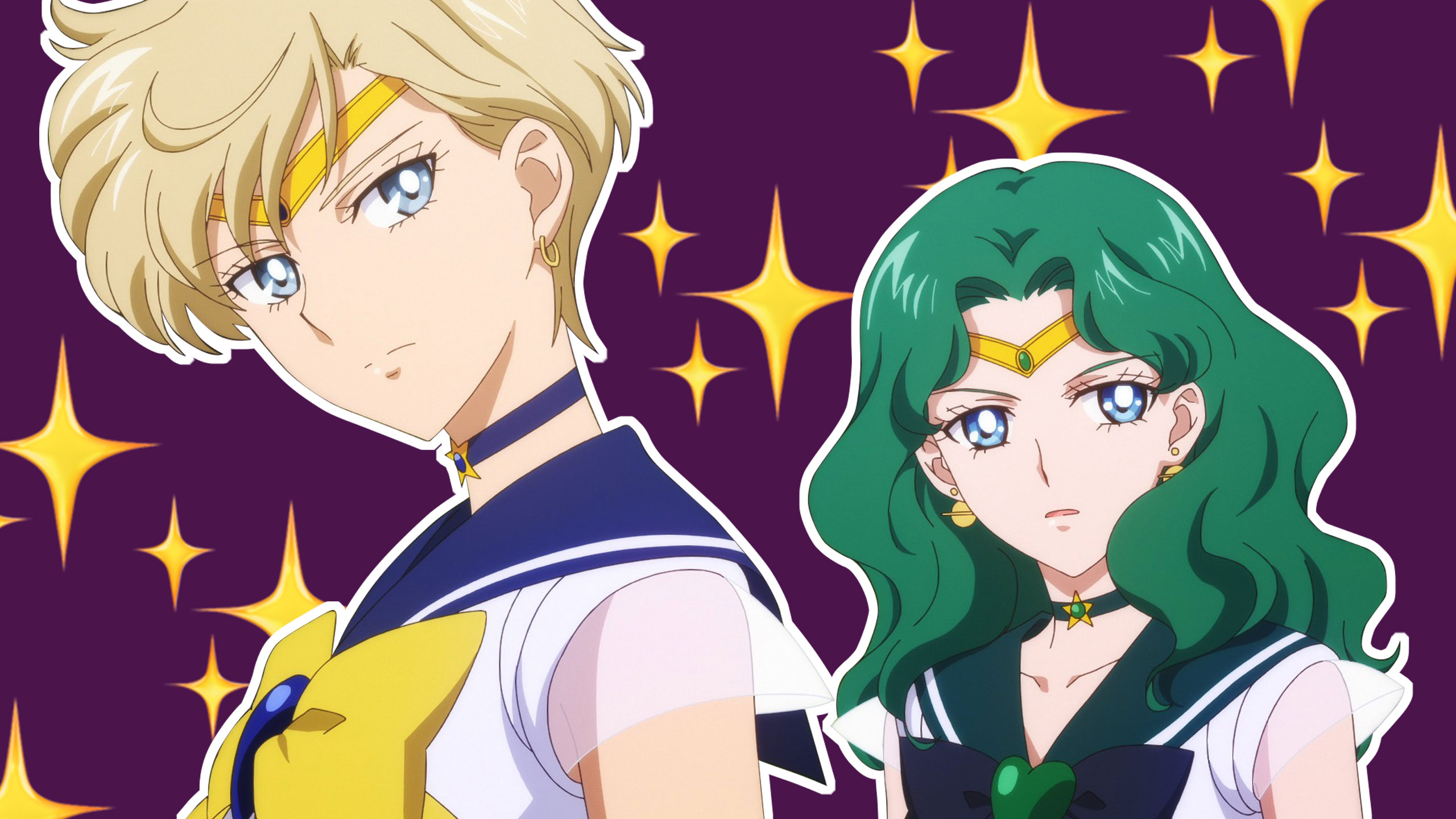

 Why you can trust Xtra
Why you can trust Xtra